
The vast rangelands of the American West have long been a source of livelihoods, biodiversity, and cultural heritage. But they are also at the heart of heated debates about their sustainability. Wild horses are often blamed for degrading these ecosystems, while others argue that cattle grazing is the more significant issue. Understanding the forces shaping this complex issue involves looking beyond simple narratives and examining how policies, practices, and perceptions intersect.
A Matter of Scale

The discrepancy between cattle and wild horse populations on public lands is stark. With over 36 million cattle grazing on these rangelands compared to fewer than 82,000 wild horses, the scale of cattle’s presence far surpasses that of horses. This raises critical questions about how rangelands are managed and which species contribute most to environmental strain. Critics suggest the disproportionate attention on wild horses overlooks the broader impact of cattle, which are present in far greater numbers and are managed to maximize grazing opportunities in sensitive areas.
The Challenges of Fair Management
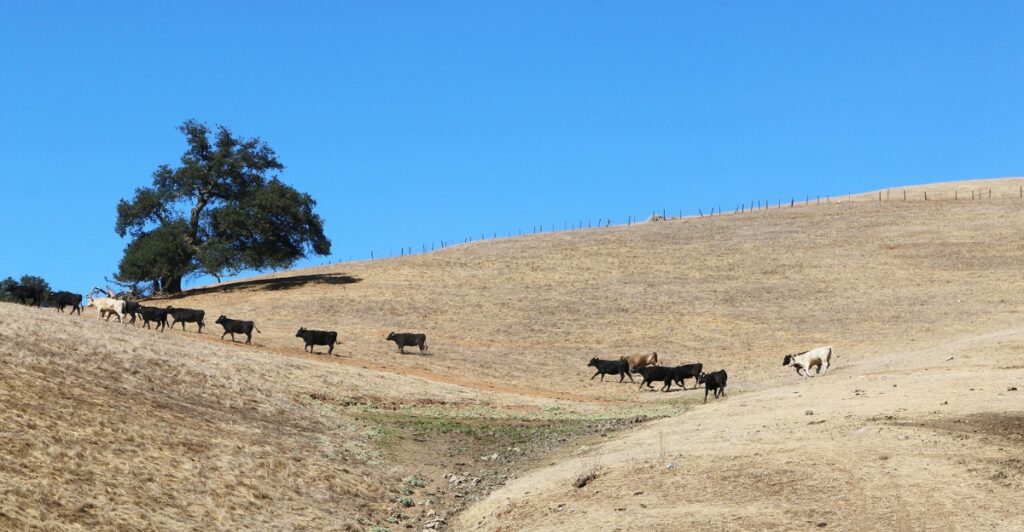
The Bureau of Land Management (BLM) operates under a mandate to manage public lands for multiple uses, ranging from conservation to recreation and resource extraction. Livestock grazing, which contributes significantly to local economies, occupies a central role in this framework. However, the prioritization of grazing permits often leads to conflicts over land health assessments. Wild horses, while federally protected, are increasingly removed from the equation through roundups, leaving critics to question whether current policies fairly account for all factors contributing to ecological degradation.
Ranching’s Place in the Past and Present

Cattle grazing on public lands has roots in a rugged, self-reliant vision of the American West, where ranchers have long depended on these areas to sustain their herds. Yet, this romanticized image does not account for the environmental cost of modern operations. Ranching contributes to soil erosion, water pollution, and habitat loss—issues exacerbated by climate pressures. While some ranchers adapt with conservation-minded practices, others show resistance to changing entrenched methods that prioritize production over balance.
How Livestock Alter the Land

The physical impact of cattle on rangelands extends beyond grazing. Their hooves compact soil, reducing its ability to absorb rainwater and regenerate vegetation. This compaction contributes to water runoff, erosion, and the loss of vital nutrients in the topsoil. Riparian zones—wetlands—which are essential for sustaining biodiversity, are particularly vulnerable, as cattle frequently concentrate near water sources, causing long-term damage to these fragile ecosystems. Comparatively, wild horses, while also grazing heavily, often range across larger territories, distributing their impact more evenly across the land.
Roundups: Costly and Controversial
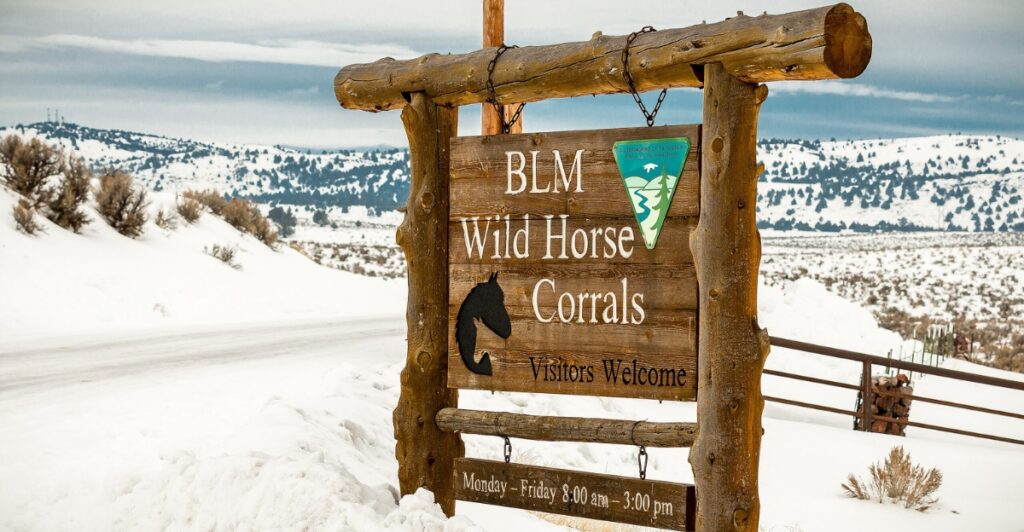
Wild horse roundups are a frequent response to concerns about overpopulation, but their effectiveness is widely questioned. Helicopter chases lead to injuries and fatalities, leaving survivors in holding facilities that drain taxpayer funds. Yet, despite their high financial and ethical costs, roundups persist as a management tool, often overshadowing more sustainable solutions like fertility control. This approach disproportionately targets wild horses, drawing attention away from livestock grazing practices that arguably contribute more significantly to rangeland challenges.
The Sage Grouse’s Shrinking Habitat

Once a common sight in the West, the greater sage grouse is now emblematic of the consequences of rangeland mismanagement. Livestock grazing, invasive plant species, and wildfires have all diminished the bird’s habitat. Efforts to save the sage grouse have frequently implicated wild horses, citing their grazing as a major factor in habitat degradation. However, conservationists argue that cattle, which remain on the land year-round and at higher densities, have a much greater impact on the sagebrush ecosystems that are critical to the grouse’s survival.
Conflicting Reports and Data Gaps
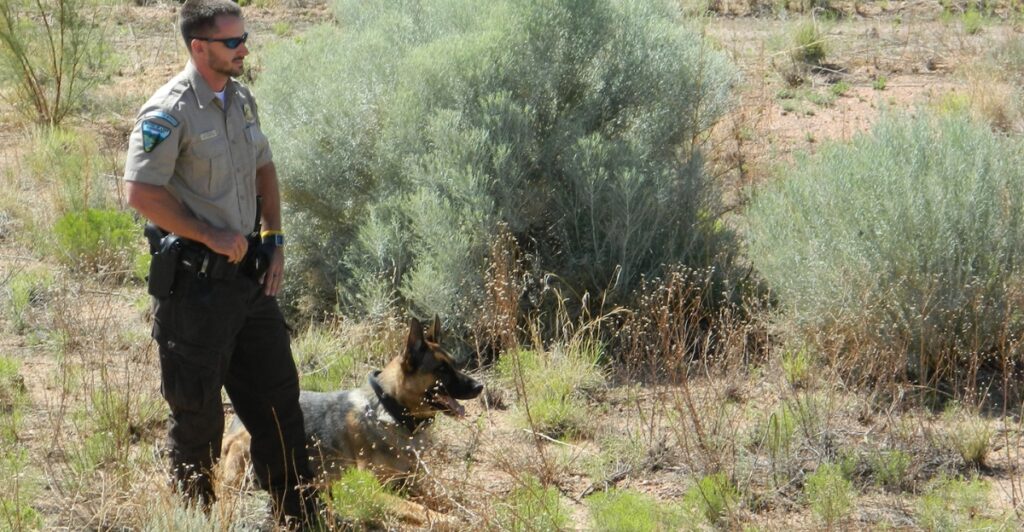
Evaluating the health of America’s rangelands often involves competing narratives shaped by differing interests. Reports from federal agencies sometimes attribute damage to wild horses without adequately addressing or even acknowledging the larger footprint of cattle. These inconsistencies fuel accusations that the BLM’s assessments are biased, favoring ranching interests over ecological sustainability. Meanwhile, independent studies’ suggestion that rangelands are overburdened by livestock further complicate efforts to establish fair and accurate land-use policies.
How Drought Intensifies the Conflict
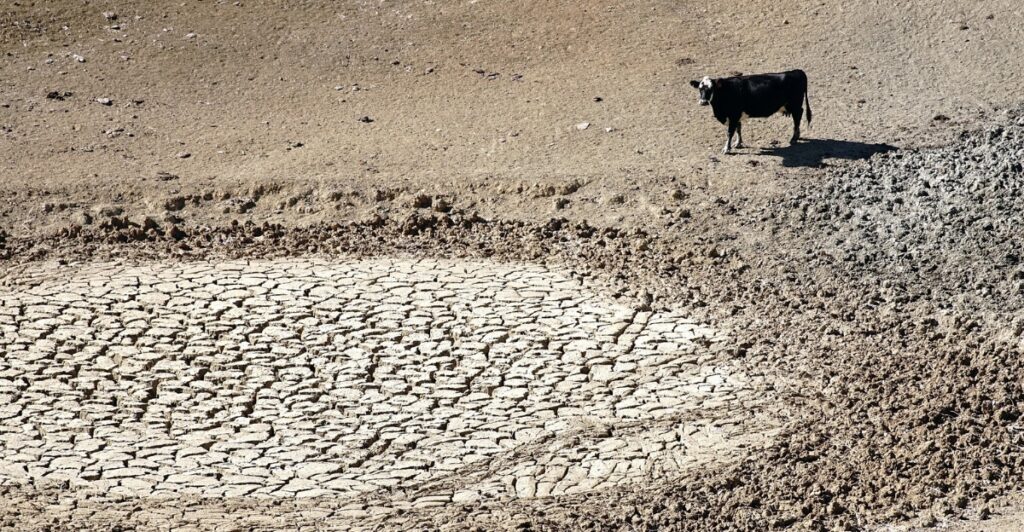
In the arid and semi-arid climates of the West, drought acts as an environmental stressor that magnifies the effect of overgrazing. When vegetation becomes scarcer and water resources dwindle, competition for these essentials intensifies. Livestock, which require consistent access to grazing areas, often exert sustained pressure on the land during dry spells. Wild horses, in contrast, are highly adaptive and capable of ranging farther in search of food and water. These differing survival strategies highlight the need for nuanced management, especially during periods of environmental stress.
Wild Horses as Ecosystem Engineers
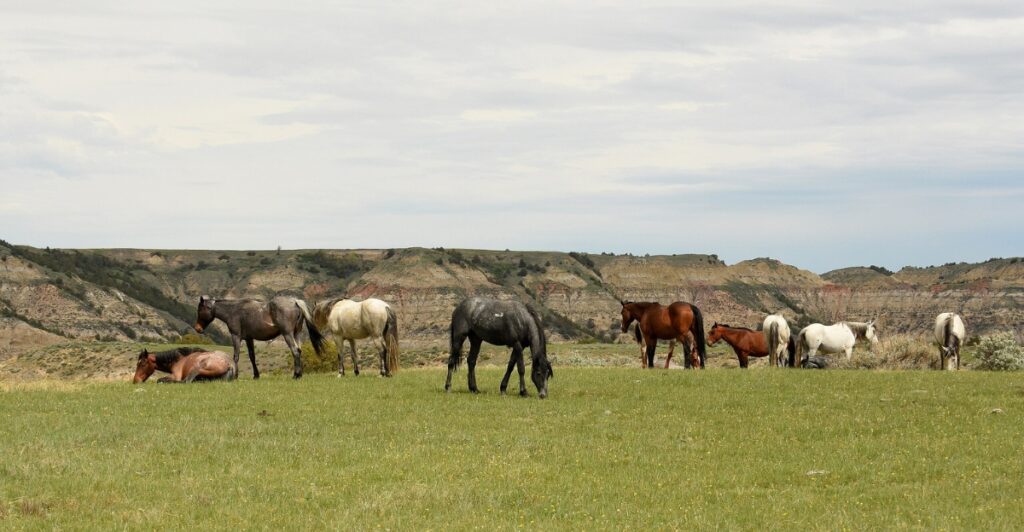
Emerging evidence suggests that wild horses may actually contribute positively to certain landscapes. By digging wells in arid environments, they make water accessible to other wildlife, including birds and small mammals. Additionally, their movement patterns help distribute seeds, aiding in the regrowth of vegetation. While their grazing can indeed strain ecosystems with limited resources, their ecological contributions challenge the narrative that they are purely destructive, encouraging a more balanced view of their presence on rangelands.
The Economics of Grazing

Livestock grazing on public lands is subsidized through low-cost permits, offering significant economic benefits to ranchers. However, these subsidies come with hidden costs, including environmental damage and the expense of land restoration. Critics argue that this system places an unequal burden on taxpayers while failing to incentivize sustainable grazing practices. Reforming the grazing fee structure to better reflect the true cost of land use could help address these imbalances, through such proposals often face stiff resistance from the ranching lobby.
A Fertility-Based Approach

Fertility control offers a more humane and cost-effective alternative to traditional methods of managing wild horse populations. Techniques like dart-delivered contraceptives have shown promising results in reducing herd sizes without resorting to roundups. Scaling these efforts could alleviate pressure on rangelands while preserving the free-roaming nature of wild horse herds. However, implementing such programs on a broad scale requires investment and collaboration among federal agencies, conservationists, and local communities.
The Influence of Industry on Policy Decisions
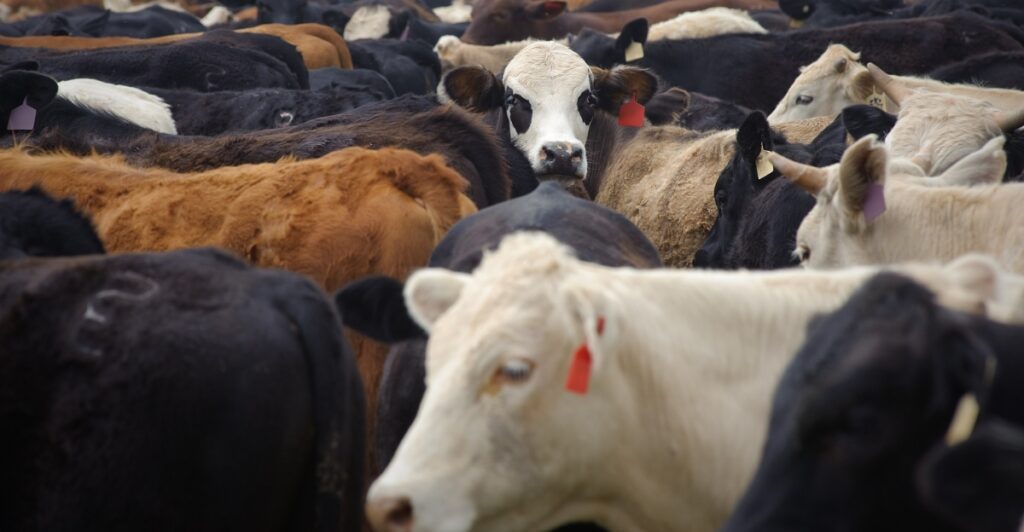
Ranching interests wield considerable influence over federal land policies, shaping decisions that favor livestock grazing. Through lobbying efforts and industry-backed research, the narrative of wild horses as the primary culprits of rangeland degradation has gained and maintained traction. This power imbalance further complicates efforts to establish policies that balance economic and ecological priorities, leaving wild horses caught in the crossfire of competing interests.
Can Science Lead the Way?

The role of scientific research in shaping land management policies is critical but often underutilized. Studies have consistently shown that livestock grazing has far-reaching effects on soil, water, and vegetation health. Yet, such findings are frequently overshadowed by economic considerations and political pressures. Integrating science more effectively into policy decisions could help bridge the gap between ecological sustainability and economic viability, fostering solutions that benefit both people and the environment.
A Shared Responsibility

Preserving America’s rangelands requires collective action and a willingness to reevaluate long-standing practices. Ranchers, conservationists, and policymakers all have a stake in ensuring these lands remain viable for future generations. By fostering collaboration and prioritizing sustainable practices, it’s possible to address the complex challenges facing rangelands today. The stakes are high, but so is the potential for innovative solutions that harmonize economic and environmental goals.
Resources:
- The Salt Lake Tribune: Report: BLM turns a blind eye to cattle grazing impacts, blames wild horses
- PEER: Range Damage from Cattle Far Exceeds Wild Horse Impacts
- USGS: When Unchecked, Free-Roaming Horse Populations Threaten Greater Sage-Grouse
Stay connected with us for more stories like this! Follow us to get the latest updates or hit the Follow button at the top of this article, and let us know what you think by leaving your feedback below. We’d love to hear from you!







